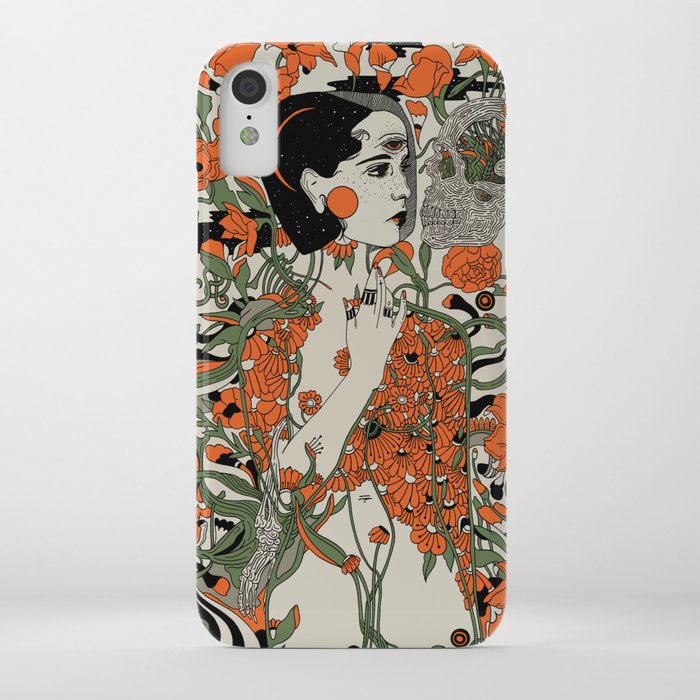daughter iphone case
SKU: EN-P10118

daughter iphone case
Take a look for yourself at the results. The photos displayed are compressed on our site, so are not an accurate reproduction of the actual files the cameras can produce. To us, the differences between the two were obvious -- we took the shots after all. But for others, the difference wasn't as apparent. We showed the results to some of our CNET colleagues and didn't tell them which one was shot on which device. Most had a hard time identifying which one was which in the examples above. The answer? The image on the left is from the dSLR and the image on the right is from the iPhone.
Here's an important caveat: the photos from the iPhone were taken using the default camera app using portrait mode, daughter iphone case The phone processes the images, including sharpening and color corrections, before rendering the final JPEG, On the dSLR, we shot in raw on a neutral profile, Shooting in raw means you have the flexibility to process the image however you like and if you prefer punchier colors you can easily adjust them, (You can also shoot in raw on the iPhone with a third-party app.), A look at 100 percent magnification (click to enlarge)..
It wasn't until we increased the magnification of each shot that our colleagues spotted the identifying features. When you look closely, you'll notice that the blur around the edges of the iPhone X's look harsh and unnatural, especially around hair and anything with uneven texture. Viewing photos at 100 percent magnification is not just something photographers do to "pixel peep". If you end up cropping a photo or changing parameters like exposure, you can end up seeing a lot of these issues more easily.
The iPhone X produces pleasing portraits in optimal conditions, but where it can't keep up with the dSLR is in low light, In extremely low light the iPhone can't even activate portrait mode as you'll see below, whereas the dSLR is able to take shots regardless, In ideal conditions, the phone mimics the bokeh effect well and Portrait Mode has come a long way since the iPhone 7 Plus, If you're posting on social media or viewing on a phone screen, the shot may look daughter iphone case pretty close to what you would get on a dSLR, especially if you're viewing photos at a reduced magnification, But if you look closely, you can see where the processing still needs to improve..
We took the same portraits on a dSLR and an iPhone X to see if Apple can get close to the real thing with its digital bokeh effect. The iPhone X is the latest phone with a dedicated portrait mode that emulates bokeh, that blurred background effect mostly associated with dSLR cameras. Apple introduced it with the iPhone 7 Plus, Google did it on the Pixel 2 and Samsung has a similar Live Focus feature on its Galaxy Note 8. The iPhone X, or any phone for that matter, can't replace a dSLR. But we wanted to find out if the camera on Apple's newest phone can even come close to the real thing.